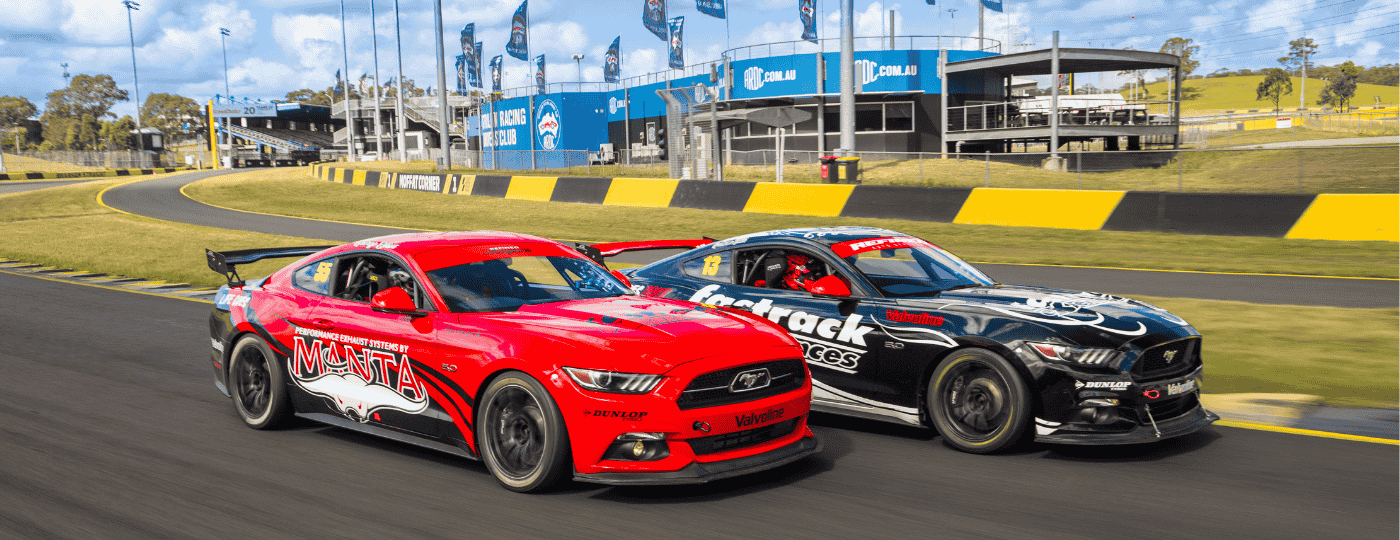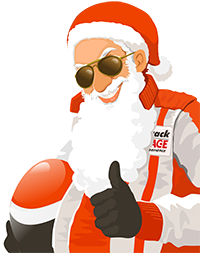The Fastrack Experience owners have a long heritage in competitive motorsport. We often get asked by our event day clients or others interested in competing in motorsport for advice. So, we decided to share some of our know-how in this article. If you are planning to race, here’s some info from Fastrack CEO Graham Elliot, Director George Elliot and Nathan Lebrocque, who have a ton of experience in motorsport, on and off track. Graham and George now oversee on-track activity at Fastrack events while being regular Pro Drivers, providing hot lap experiences to the general public on Australia’s most iconic national race tracks, including Bathurst Mount Panorama, with Nathan managing the Engineering team and providing backup for hot laps
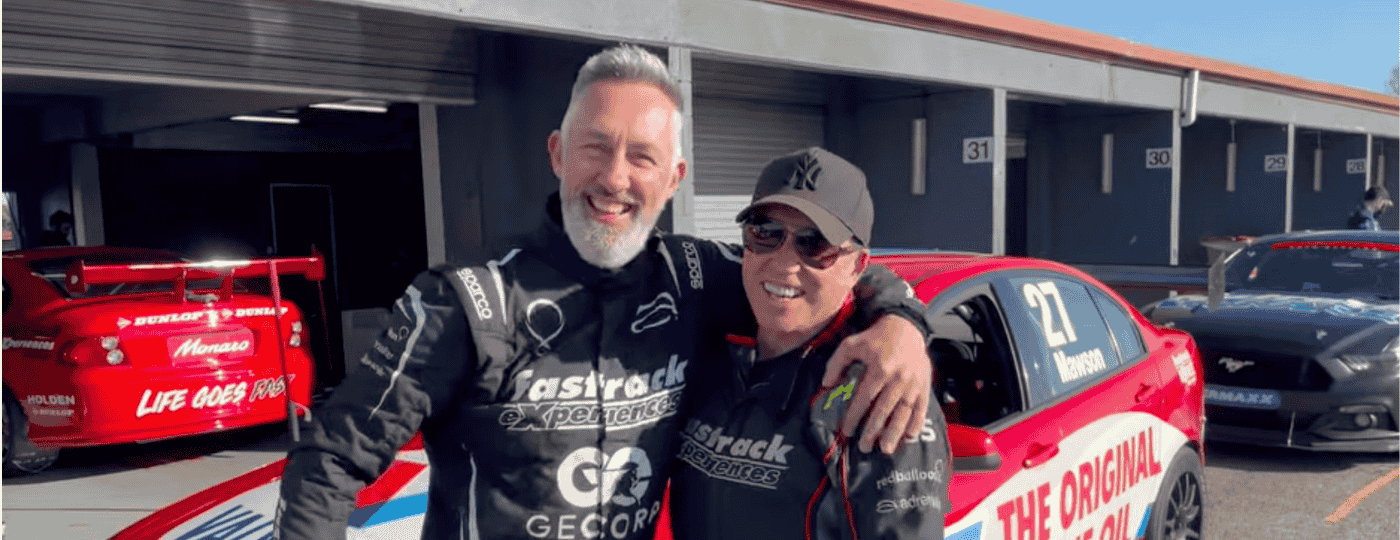
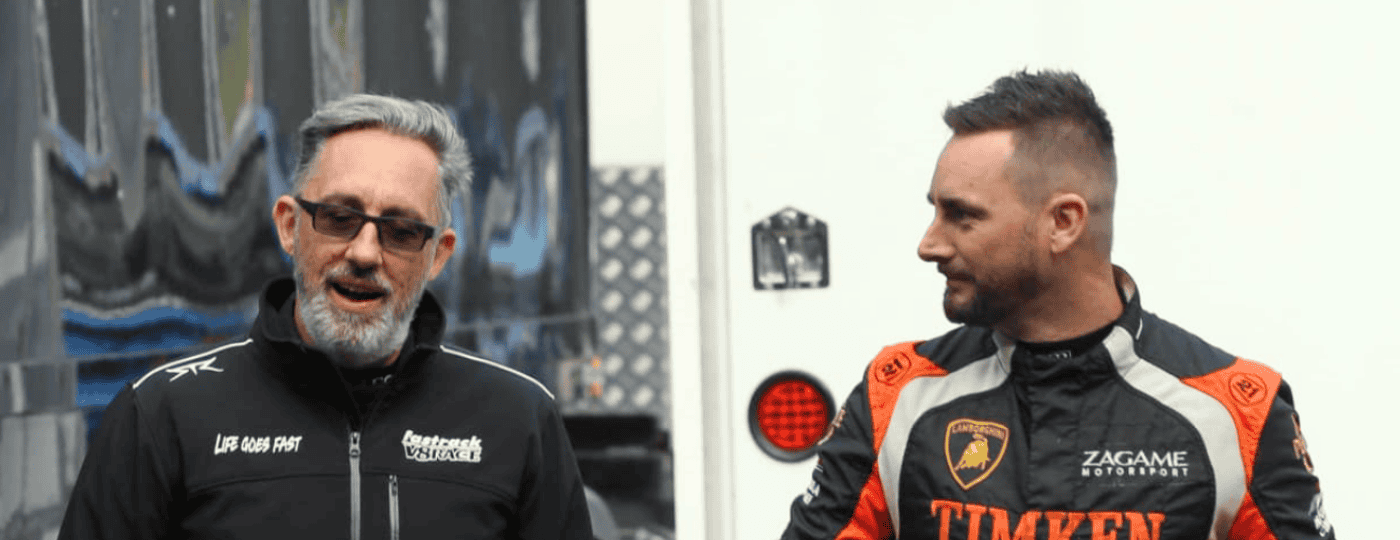
Racing has been part of the DNA at Fastrack for over 25 years, commencing with Marshall Brewer starting Fastrack Racing’s drives and rides at Calder Park on the Thunderdome and National Road Circuit in the 1990s. We’ve always been slightly addicted to the unique exhilaration that high-performance driving gives us. Many of our team members are involved in motorsports. It’s in our blood; we love building race cars, driving them fast on a track, and being at the race track together.
When we’re not competing, we love sharing our passion and giving everyone who wants to get out of their comfort zone a thrill and a memory that will last for a long, long time.
From karting to endurance racing: Graham’s journey
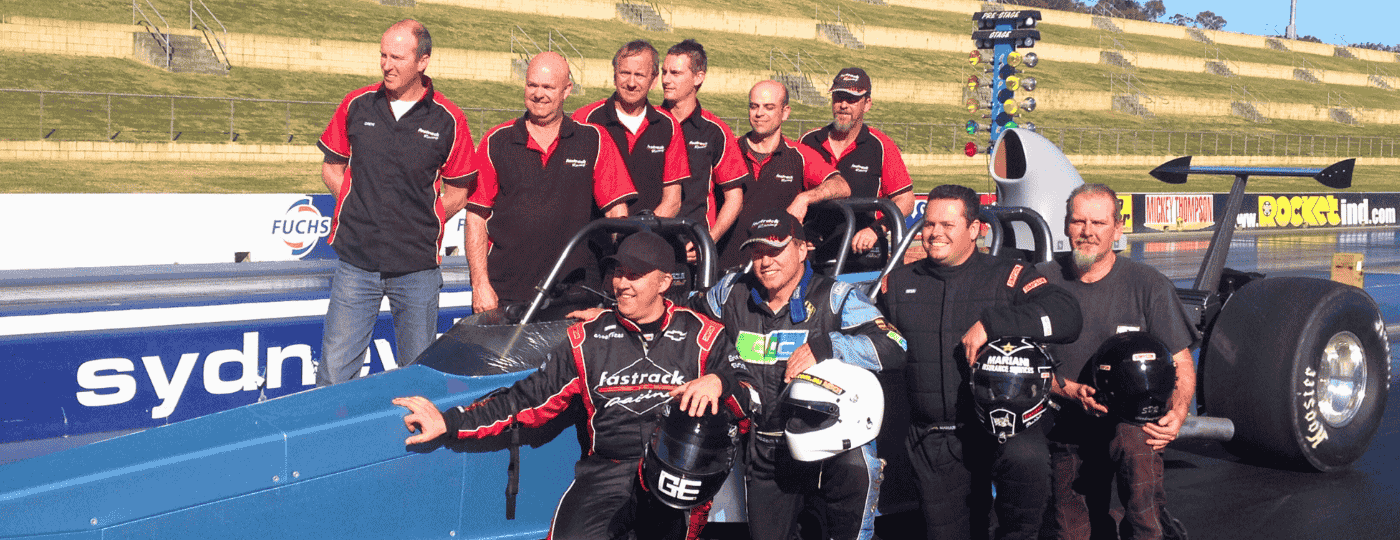
Graham Elliot began his motorsport involvement as many younger people do – in karts. Competing in Clubman and Rotax under the governing body CAMS (now known as Motorsport Australia), while also competing at selected AASA regional events, Graham believes karting was a foundation to develop race-craft and affordable enough to self-fund from after-school jobs and eventually assistance from minor sponsors as his results progressed.
Graham was largely focused on developing a corporate career, but his love and passion for motorsport competition never dissipated, choosing to pursue a more diverse selection of racing when time and funding allowed. This diverse racing career has seen Graham campaign everything from karts and stockcars (also known as NASCAR) to Eliminator Dragsters, Super Street and Super TT at both state rounds and annual high-profile events such as the Viola Sydney 300 while co-driving with car owner and Fastrack Head Engineer Nathan Lebrocque.
Choosing your category and getting started
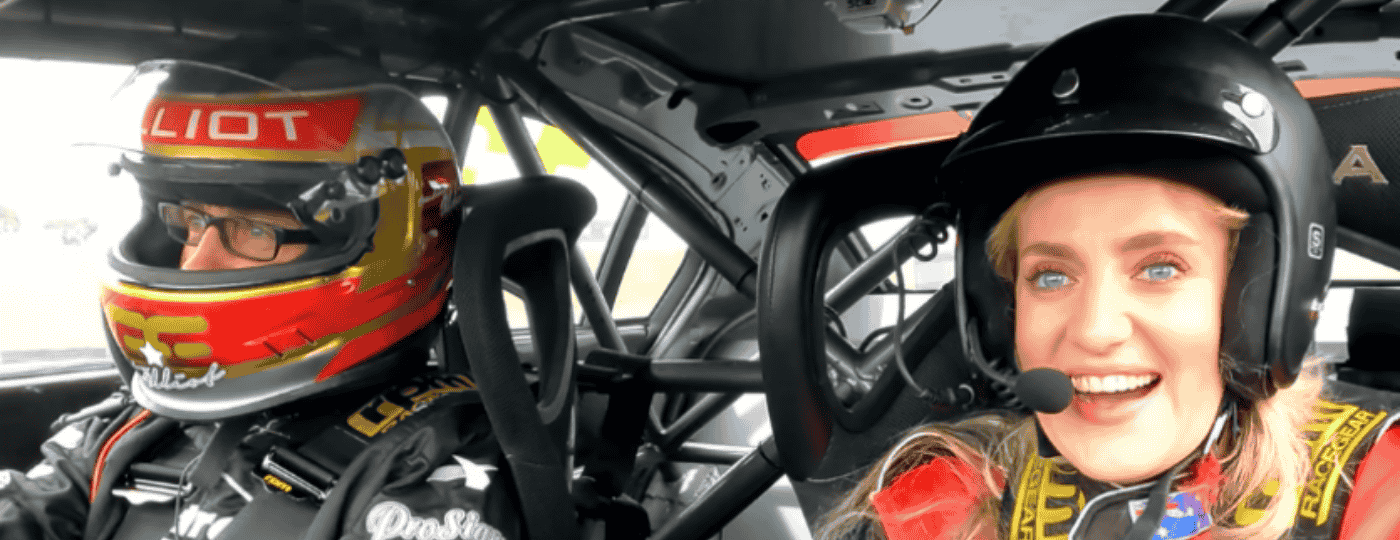
When it comes to deciding what category you wish to compete in and how to go about it, Graham emphasises the importance of making informed choices. “Ultimately, there are many factors to consider,” he explains. “Some key considerations will be what category is affordable based not only on the cost of the vehicle but also on how many meetings are there in the series and their location – travelling yourself, assets, and crew can have material implications.”
Graham’s advice for getting started is practical: “How you start can often come down to building social and knowledge-based relationships as a spectator or crew member in a series that interests you, gaining an understanding of what it takes to participate. This approach will also set you up with people willing to assist you in the first few rounds, which can often be confusing if you haven’t competed before. Having assistance will alleviate a lot of stress and allow you to focus on the real task at hand – racing.”
Other fundamental decisions include budget considerations, prospective sponsors, and whether you’re looking to build more of a career out of racing as opposed to social racing. If you’re career-focused, consider what early categories create a pathway to the categories you wish to move through to reach your ultimate goal.
Tips for driving fast (and safe)
When it comes to being fast and safe on the track, Graham notes most top-tier drivers focus on track familiarisation, highly developed inputs, and controlled risk-taking. His advice is to use your mind on track as well as your physical attributes. “Analyse those around you on track, observe their lines, identify those who are fast, and look for opportunities where other drivers are not using parts of the track that you know you can use to advance your position.”
George’s wisdom: The fundamentals of racing success
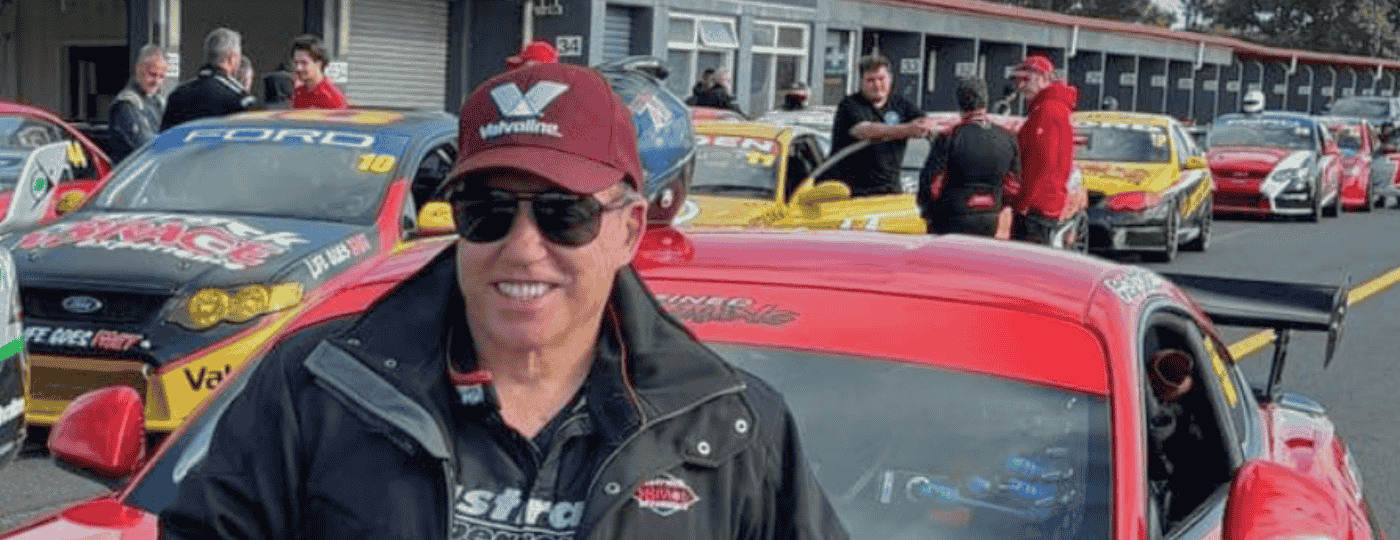
George Elliot, Fastrack Director, brings 30 years of experience as a hot lap driver and coach, having raced everything from dirt track speedways to asphalt ovals, NASCAR, high bank ovals, V8 Utes and Trans-Am and his advice centres on four crucial pillars:
Sacrifice
“If you are just starting on your racing career, you need to be aware that racing involves sacrifice,” George explains. “Unless you’ve been lucky enough to secure sponsorship, it involves sacrifice financially and in time. Money that could be used for family holidays, lifestyle or even a house.” He stresses the importance of family support: “It’s important to make sure your family understand what you’re getting into and you have their support. Otherwise, you will have a very short racing career or possibly no family.”
The upside? “Motor racing is a family sport, and involving your partner or children can often lead to them accepting and loving it as you do. Motor racing can gain you and your family lifelong friends all over the country and, in some cases, all over the world.”
Dedication
George poses a simple question: “How bad do you want it? If the answer is bad, you have to be 110 per cent dedicated to learning as much as possible.” He encourages talking to other racers, watching successful drivers, and maintaining that burning desire to race. “Racing in any category is a massive learning curve. I have raced in many categories over fifty years, and still, every time I go out onto a race track, I learn something new.”
Sponsors
“Sponsors are difficult to acquire and even harder to keep,” George warns. His approach is refreshingly honest: “When approaching a sponsor, don’t make the mistake of thinking what they can do for you. Understand their business. Think long and hard about what you can do for them.” He suggests getting creative and thinking of ways to get them involved, noting that “putting them or their clients in a race car for either a drive or a ride is the best way I know of turning a sponsor or a customer into a friend.”
Crew
“Having a good crew is every bit as important as having a good race car,” George emphasises. “Finding a good crew that works together as a team isn’t easy. When you put a team together, remember to treat every one of them with the utmost respect and appreciation. Identify who is good at what and allocate the right positions within your team.”
Learning from the front runners
George’s advice for gaining experience is straightforward but effective: “Once you have decided which category of motorsport you would like to participate in, the easiest way to gain experience around a race track is to simply watch what the front-running drivers and teams do.” He encourages approaching these drivers for advice, noting that “done at the right time and in the right manner, you will find that most of these drivers will be more than happy to offer some advice to help a beginning driver on the right path.”
The key is reading the environment: “Just remember there is a good time and a bad time to approach, read the environment. Racing at times is a very emotional and highly intense sport; it’s no different for a learner than it is for a front-running driver protecting his standing and sometimes his image.”
Nathan’s engineering perspective
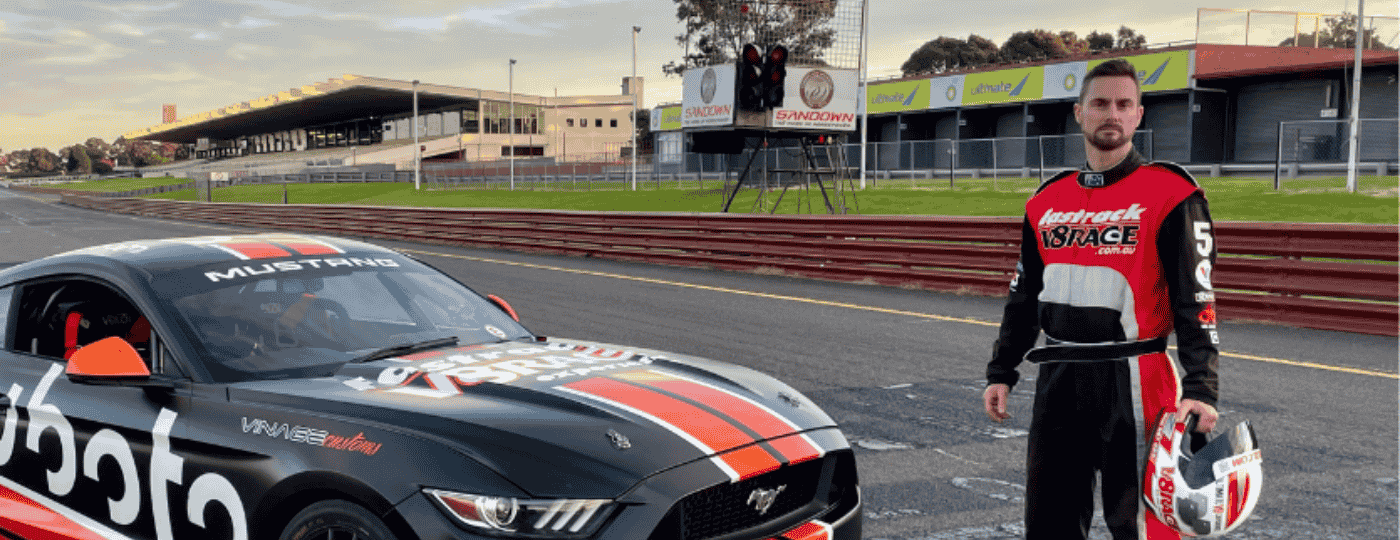
Nathan Lebrocque, head engineer at Fastrack Racing, brings a unique perspective to the team, having started his motorsport journey at age seven in motocross before transitioning to the engineering side of four-wheel racing. His career path led him to Melbourne, the hub of V8 Supercars teams, where he kickstarted his engineering career with Tasman Motorsport while continuing his studies.
Nathan’s 20-year journey with Fastrack Racing began under the mentorship of Marshall Brewer, an Auscar champion and experienced race car engineer. Over the years, he’s worked with incredible drivers and teams, notably running V8 Utes for George Elliot and Kim Jane, helping Kim win the 2017 Championship. He also spent two years with Erebus Motorsport and worked in the TA2 category, supporting Nathan Herne on his championship journey.
“My motto has always been: effort equals reward, a principle I live by every single day,” Nathan explains. His philosophy centres on preparation: “I firmly believe that races are won in the workshop, not on the track.” This became particularly evident during the recent Sydney 300, where Nathan co-drove with Graham in his Holden VE SS, a model he chose for being accessible, affordable, and surprisingly capable despite its weight.
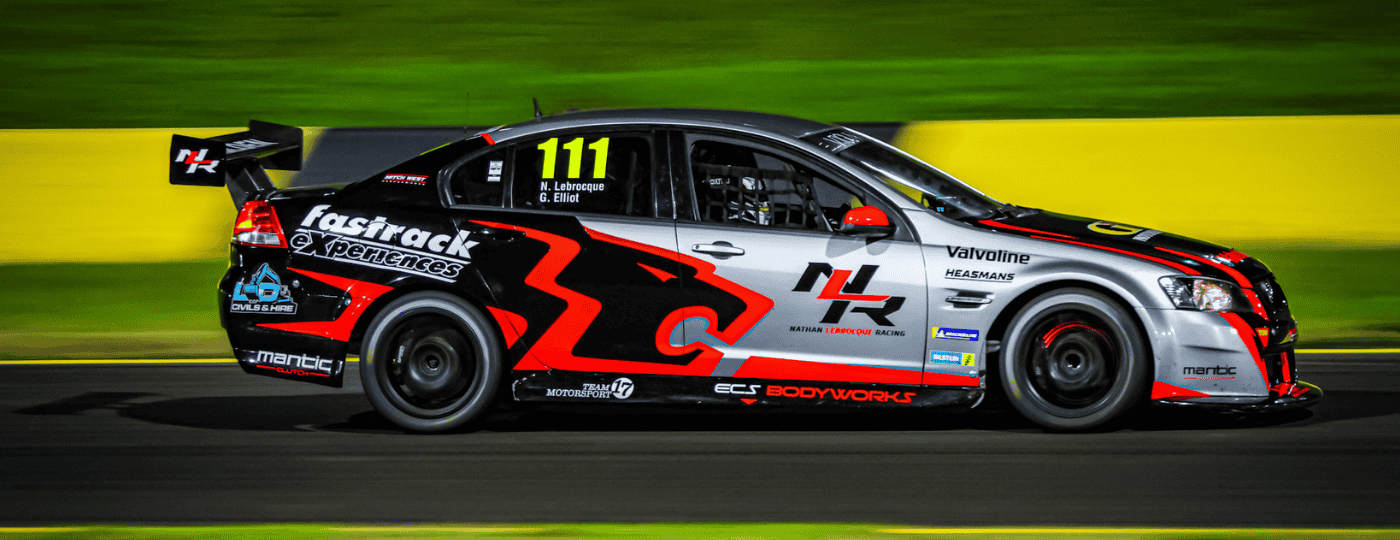
Nathan’s engineering background provides invaluable insight into the technical preparation required for racing success. As he notes, having the right tools, knowledge, quality parts, and dedicated workspace are non-negotiable elements for anyone serious about competitive motorsport.
Putting it all together: The Sydney 300 Case Study
The recent Sydney 300 provides a perfect example of how preparation and teamwork come together in competitive motorsport. The Sydney 300 is an Australian Racing Drivers’ Club (ARDC) annual event at Sydney Motorsport Park, attracting some of the best drivers from all over Australia. The Fastrack team, with Nathan Lebrocque and Graham Elliot as endurance drivers, in Nathan’s classic V8 Holden Commodore, worked their way up to 4th position outright in a field of 57 race cars representing the best manufacturers and featuring some of Australia’s fastest competitors.
While a component failure ultimately cost them the finish, the massive effort from the entire team, including race engineers Mitchell West, Josh Attard and Alan Pitt, plus specialists Trent Croxford, George Elliot and Nick Murray, demonstrated the level of preparation and coordination required for serious competition.
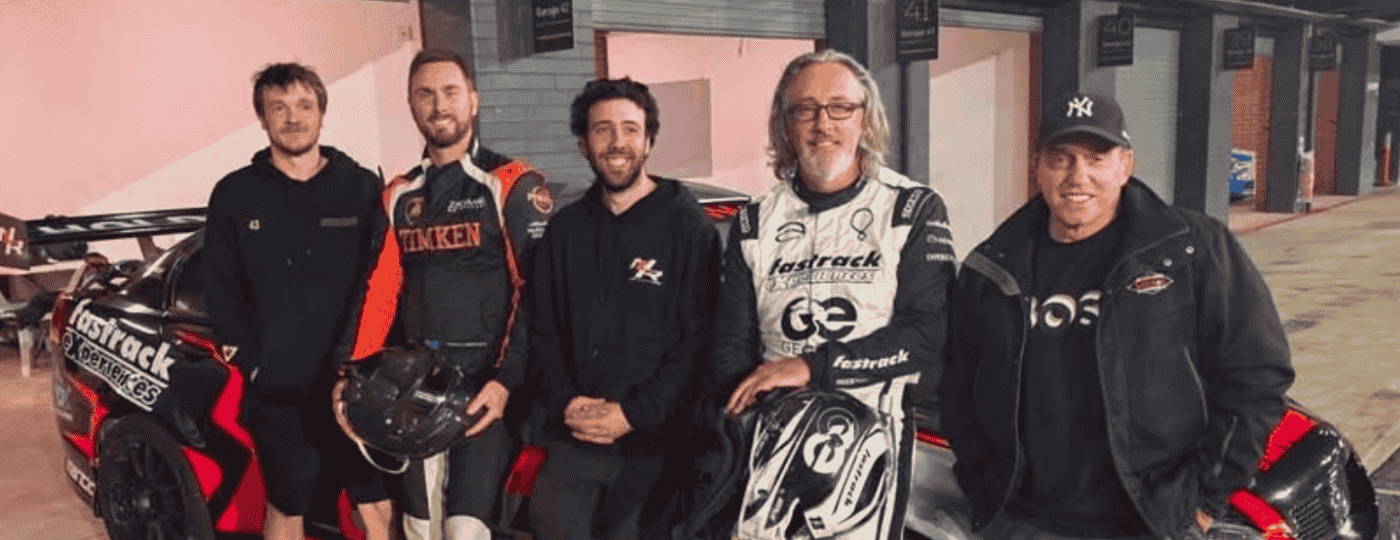
This kind of real-world experience gives the Fastrack team the experience to continue to refine and improve on maintaining the performance of their fleet of 30 V8 Racing cars and 8 Exotic Supercars for the general public to drive and enjoy. It’s not just about providing hot lap experiences; it’s about bringing genuine competitive motorsport knowledge and credibility to everything they do. When the Fastrack senior team are coaching you on track or giving you a hot lap, you’re learning from people who have competed at the highest levels and still enjoy competitive racing.
Your racing journey starts here
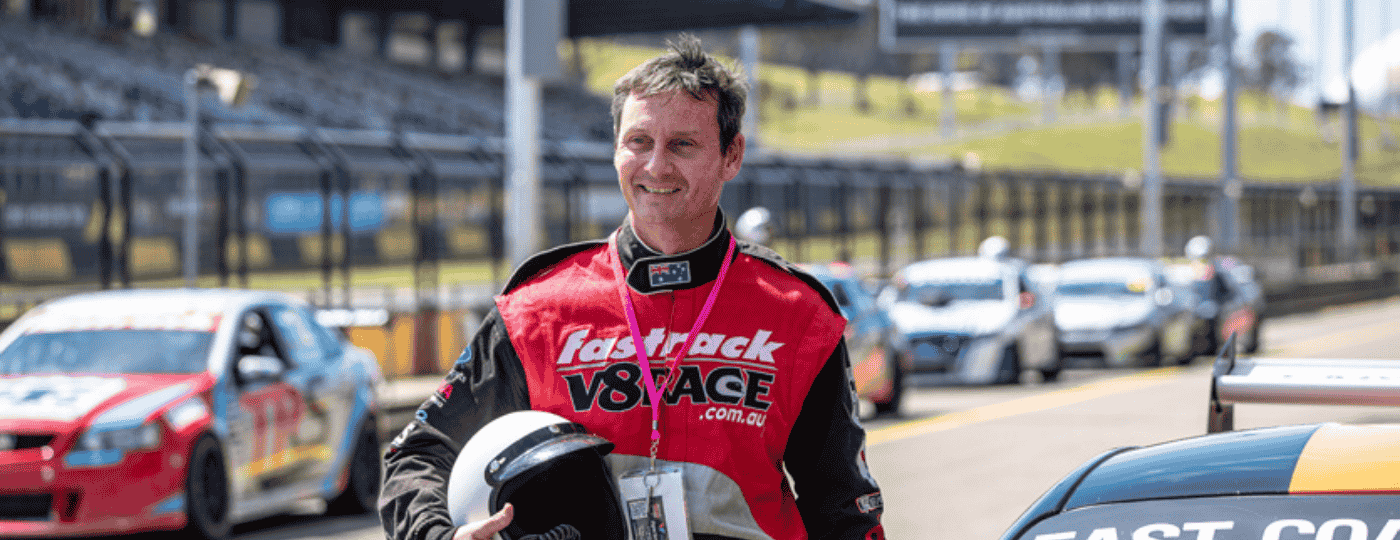
Whether you’re considering your first race meeting or looking to step up your game, the fundamentals remain the same. Start with solid preparation, surround yourself with knowledgeable people, respect the sport and everyone in it, and never stop learning.
And if you need some guidance along the way, the team at Fastrack Experiences are always ready to share their knowledge and passion for the sport that’s been in their DNA for over two decades.
Book your first (or next) experience today, and start clocking up those on-track hours. The networking, real-world racing experience and thrills await!
